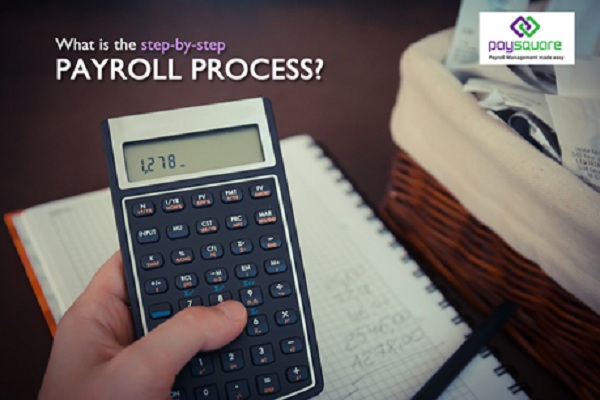Payroll is the process wherein employees are paid, according to the company norms. It is also the number of employees that need to be paid during each pay period. Or payroll can refer to the process of actually calculating and distributing wages and taxes.
Payroll processing is not an easy process. For every organization, among the other business related functionality, carefully processing payroll forms an important and integral operational functions internally. A proper payroll needs to ensure that every employee gets his due on payment every month on the same day and with the right number of additions and deductions. For example, increments and bonuses also form a major part of the business payroll.
Here’s how to carry out a step by step payroll process:
Step 1:
Always process employee payroll well ahead of time. Develop a regular payroll-processing schedule that allows you ample time to process the payroll and to rectify all errors before employees receive their paychecks. Ideally process payroll a few days before the actual pay date.
Step 2:
Modify employee payroll record wherever applicable. This includes everything from address changes to payroll deduction changes and voluntary deduction changes, such as retirement and health benefits. In addition to this include hire information about new employees hired in the current pay period.
Step 3:
Compute timekeeping data from timesheets or automate the process by using an attendance machine. Feed the number the hours worked and to be paid into the system, such as regular, overtime and vacation hours. At times this data can be directly imported into the payroll software. The entire information should be entered correctly and with the necessary edits.
Step 4:
Some employees have other types of income, such as bonuses, commissions and retroactive pay due to a pay raise. Include these adjustments, such as additional pay or wage deduction due to overpaying or underpaying from a prior pay period. When required prorate the salaried employee’s pay according to the number of days worked and save changes in the payroll software to stop future payments. On the other hand, salary of new employees can also be prorated if they are hired after the current pay period begins.
Step 5:
Print reports which help you to determine the payroll before actually printing paychecks and then generate the direct deposit file. Adjustments can be made wherever required.
Step 6:
Carry out the printing of paychecks. Also generate the direct deposit file and later forward to the bank. Establish contact with the bank to make sure everything is appropriately received, and verify whether the amount received is correct.
Step 7:
Update and print payroll registers that display employee’s gross-to-net salary information for the current payroll. Make sure you file in a confidential and secure storage area. These records need to maintained for a minimum of three years. All timekeeping records based on wage computations for a minimum of two years.
Step 8:
Print and distribute reports that are required by relevant departments, for example finance and HR departments for benefits administration and reconciliation purposes.
On the other hand you can simply outsource payroll to payroll service providers to avoid costly penalties and inconveniences and ensure smooth functioning of the organisation.













Comments